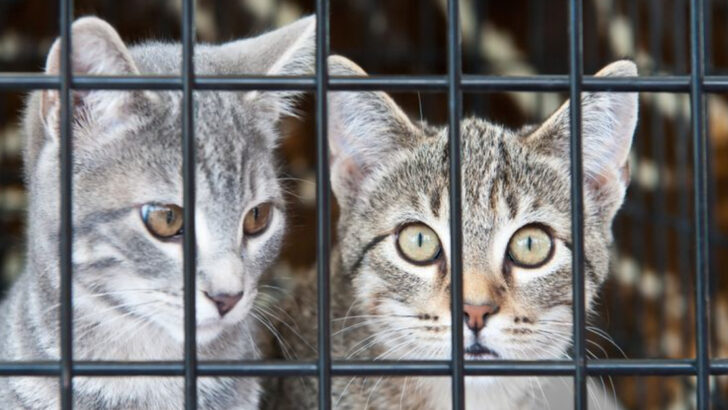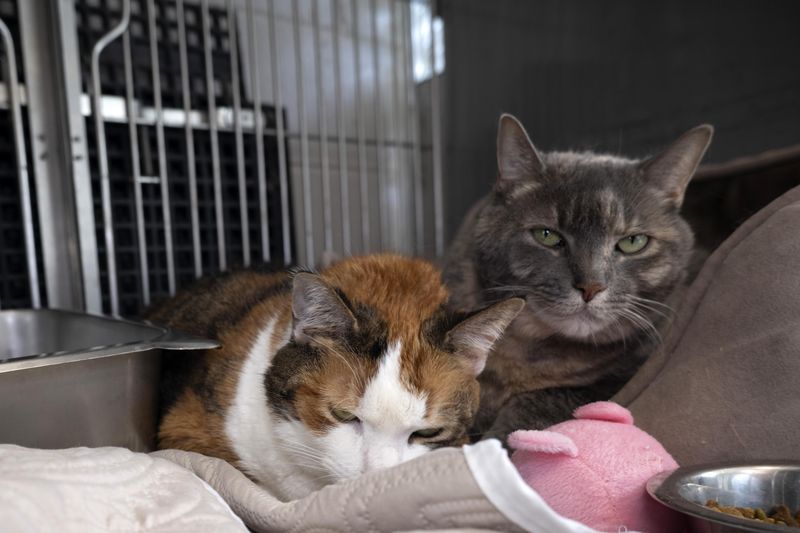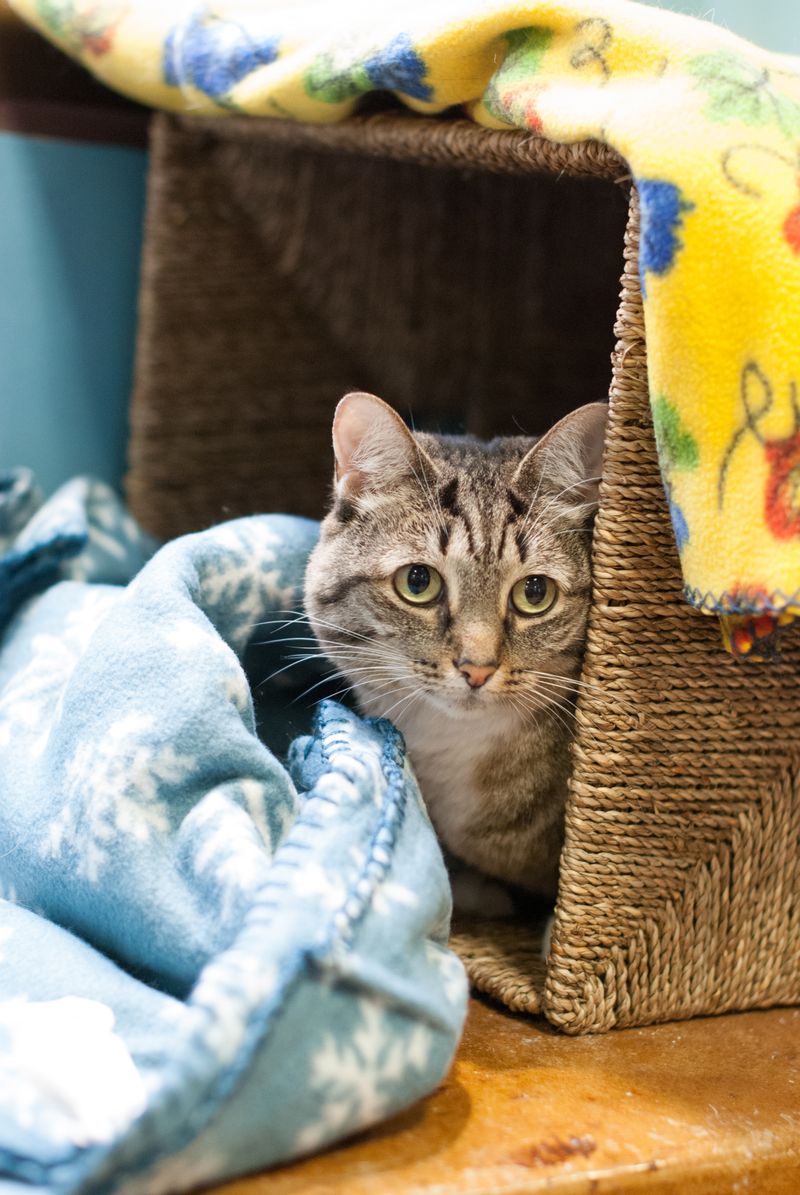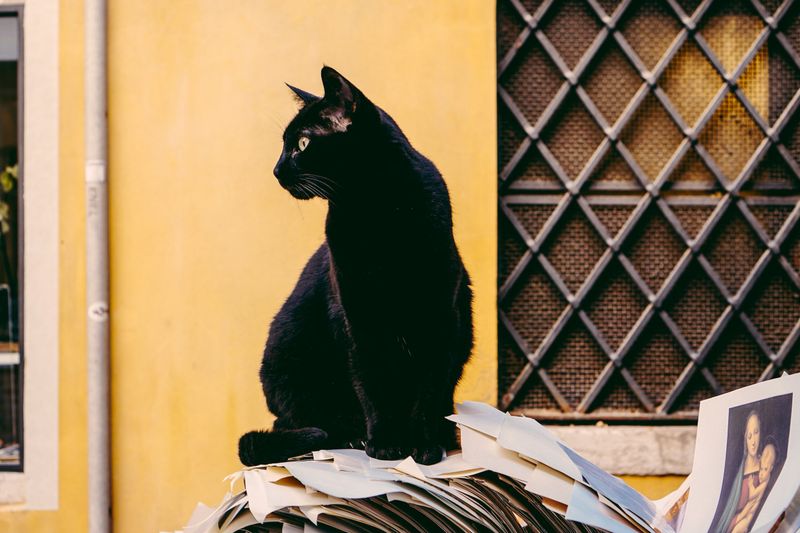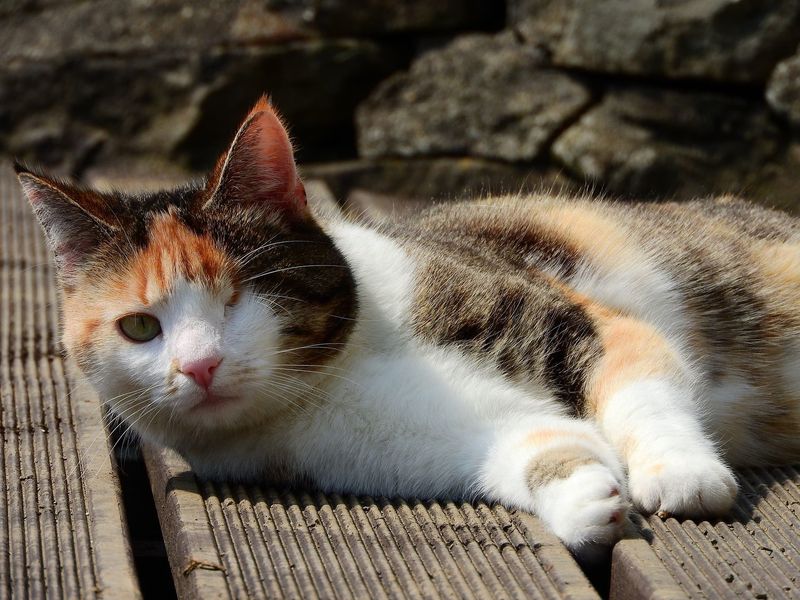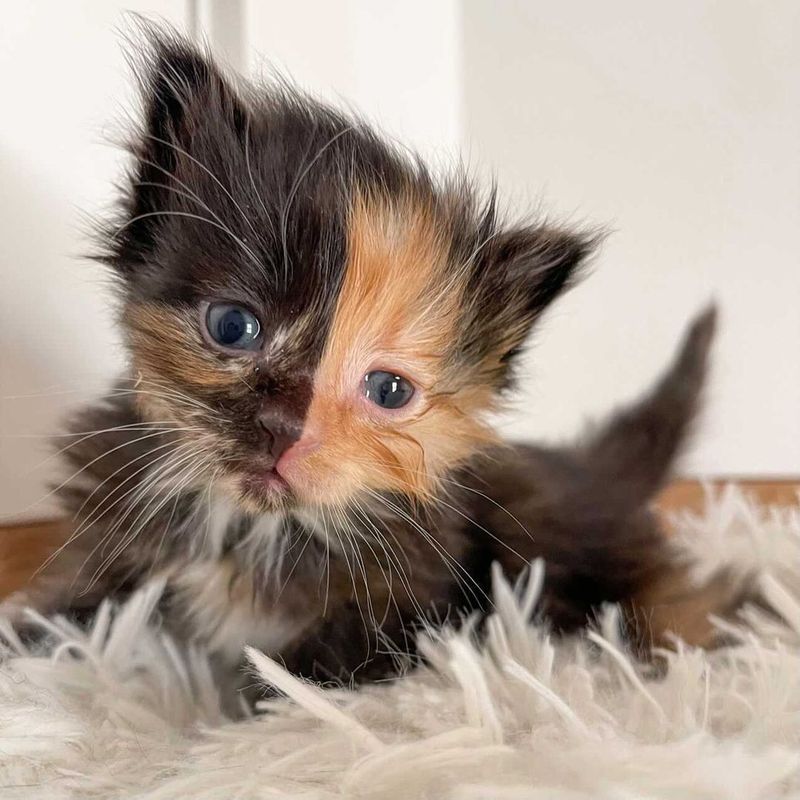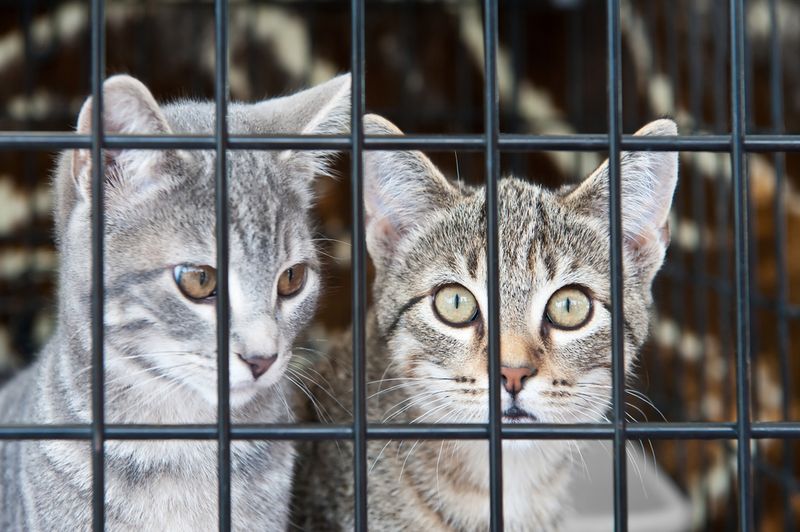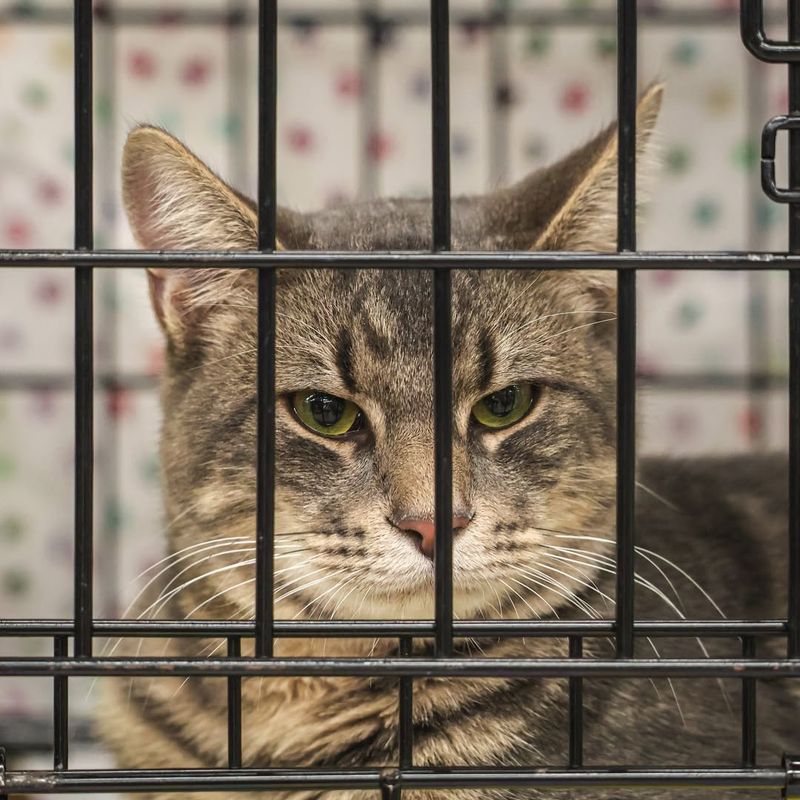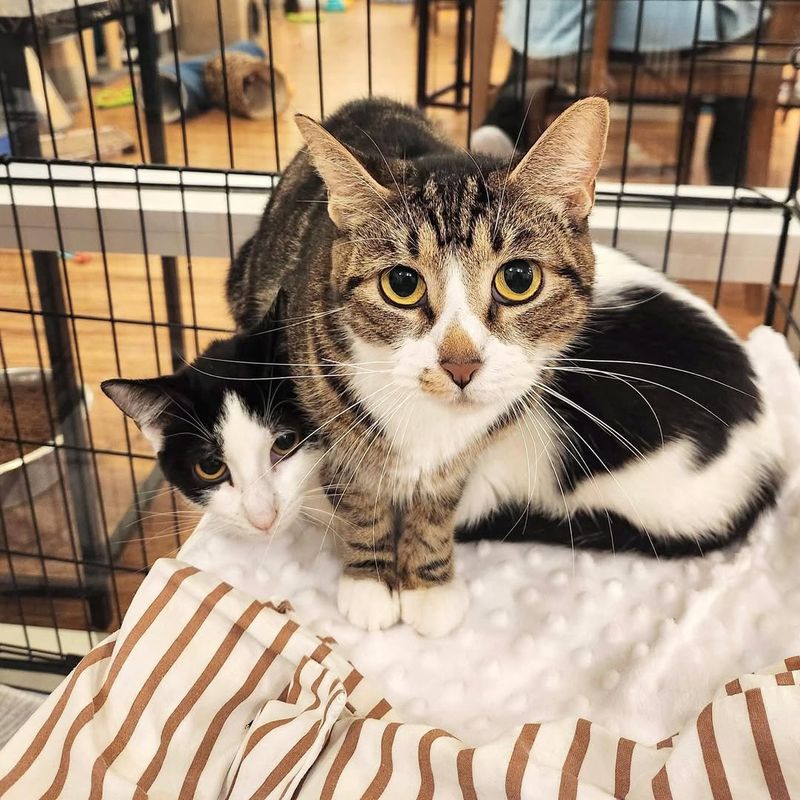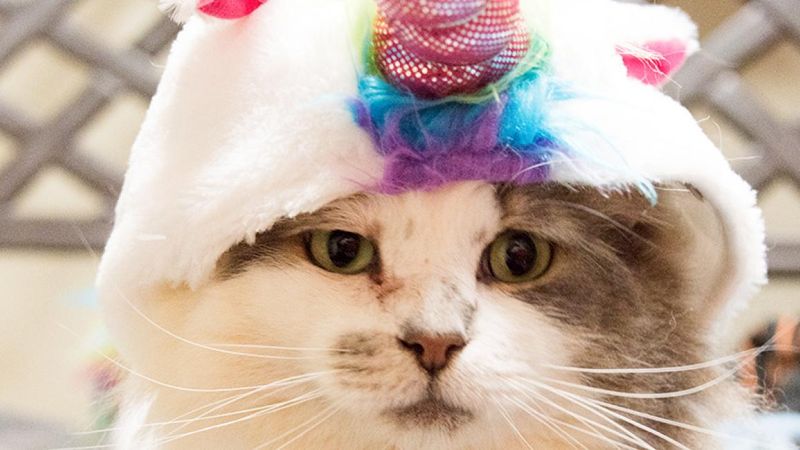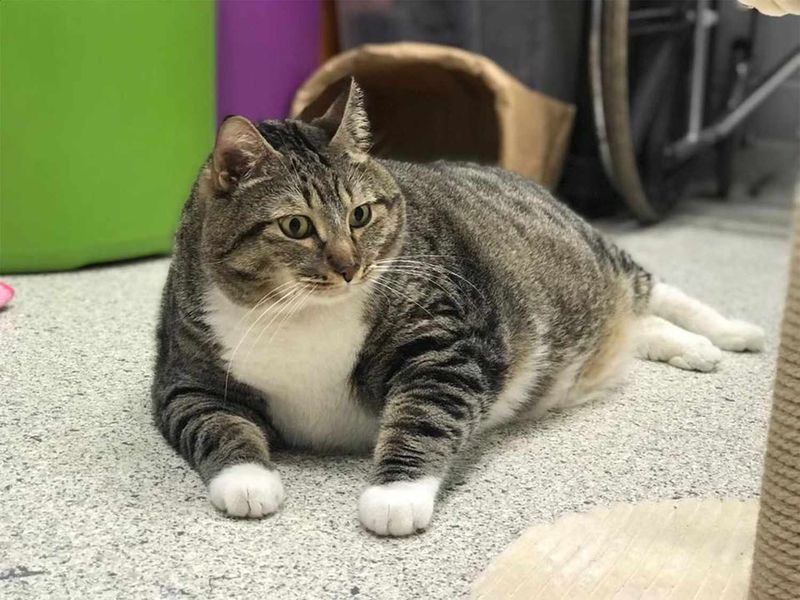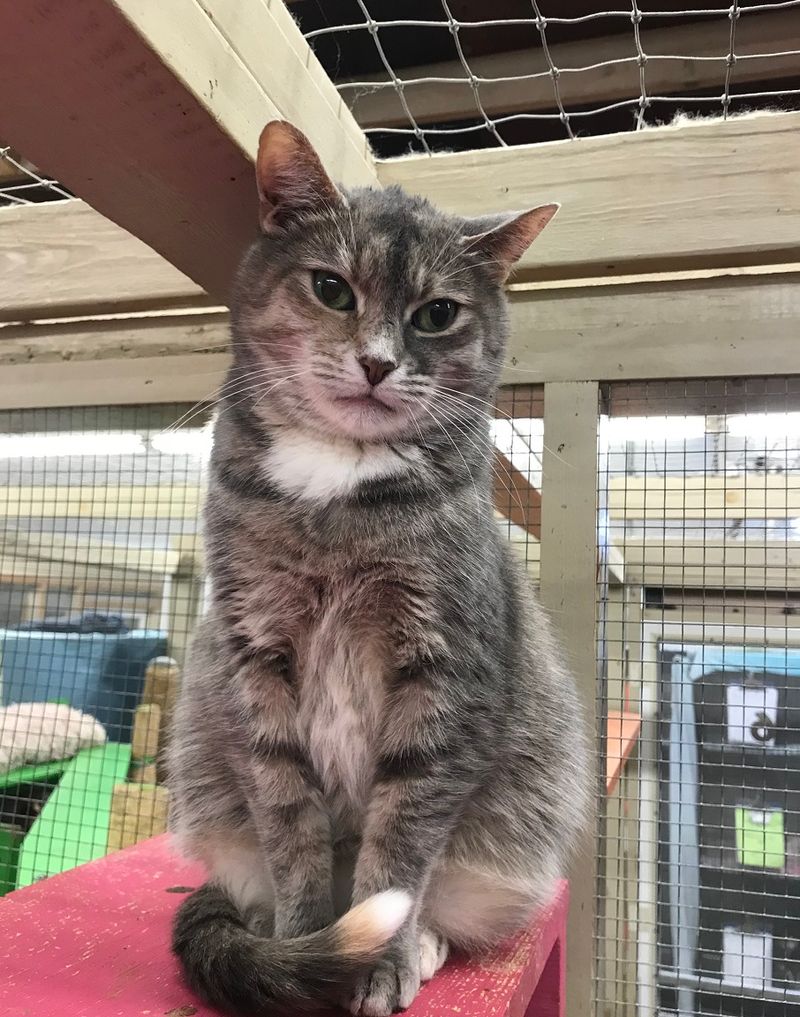Some cats find their forever homes in no time, while others seem to linger in shelters longer than expected, despite their charm. The reasons behind this delay can be complex and often go beyond what meets the eye. Factors such as age, health, and temperament can influence a cat’s chances of being adopted quickly.
Each cat is unique, with its own personality, needs, and quirks, which can sometimes make it harder for them to connect with potential adopters. While some may have special requirements or require extra care, others may be misunderstood, leading to longer shelter stays. These factors highlight the diversity of cats looking for homes, showing that there is no one-size-fits-all reason for delays.
Understanding the reasons why some cats struggle to find homes can help create more awareness and compassion for their situations. From specific medical needs to simply being overlooked, each cat’s journey is different. Recognizing the challenges they face is the first step in making sure more cats find the loving homes they deserve.
1. The Senior Sweetheart
Senior cats, like fine wine, mature gracefully. However, their advanced age often makes potential adopters overlook them. Many worry about the costs associated with older cats or the heartache of losing a pet sooner. Yet, seniors offer a sense of calm and wisdom, enriching any household.
They are less likely to engage in kitten-like mischief, providing a serene presence. These golden-aged felines often seek quiet companionship, perfect for those leading a peaceful lifestyle.
Adopting a senior cat can be incredibly rewarding, offering both the adopter and the cat a chance for a fulfilling bond.
2. The Shy Introvert
Shy cats often remain hidden, overshadowed by their more outgoing counterparts. Their introverted nature makes them less likely to approach visitors, leading to fewer chances for adoption.
These cats require patience and understanding, as they need time to trust humans. With gentle care, these felines transform into loving companions, loyal and deeply affectionate.
Potential adopters might find joy in slowly gaining the trust of a shy cat, experiencing the rewarding journey of companionship. Shy cats, once comfortable, reveal a tender-hearted demeanor unmatched by others.
3. The Black Cat Misconception
Superstitions and myths often cast a shadow over black cats, leading to longer shelter stays. Despite their glossy coats and striking features, they’re frequently overlooked due to outdated beliefs.
In many cultures, black cats symbolize bad luck, affecting their adoption rates. However, these cats are no different from others, offering warmth and companionship.
Adopting a black cat dispels myths, enriching one’s life with a loyal friend. Their mysterious allure and playful nature make them charming companions. Embracing a black cat can be a rewarding and enlightening experience.
4. The Special Needs Companion
Cats with special needs, like those with disabilities or chronic health conditions, face longer waits in shelters. These unique felines require extra care and attention, which can deter some potential adopters.
However, their resilience and adaptability often inspire those who take the chance to bring them home. Special needs cats develop strong bonds with their owners, offering unparalleled loyalty and affection.
These cats remind us of the beauty in diversity and the joy of unconditional love. Providing a home for a special needs cat can be one of the most fulfilling experiences.
5. The High-Energy Dynamo
With their spirited antics and boundless enthusiasm, high-energy cats can be a handful. Their need for constant stimulation and play may deter adopters looking for a laid-back companion.
These lively felines thrive in environments where they can explore and engage in interactive play. For active families or individuals, a high-energy cat can provide endless entertainment and companionship.
Understanding their needs and providing appropriate outlets for their energy can lead to a deeply fulfilling relationship. These cats bring joy and vibrancy to any home willing to accommodate their zest for life.
6. The Unique Appearance
Unusual fur colors or distinctive markings often create barriers for shelter cats. While some people may be intrigued, others might be put off by what’s unfamiliar.
These distinctive cats are often misunderstood, yet they offer a chance to appreciate the beauty of diversity. Their striking looks can become a conversation starter and a source of pride for adopters.
Opening your home to a cat with a unique appearance can be an enriching experience, celebrating individuality and the charm of the unexpected.
7. The Overlooked Tabby
Tabby cats, with their familiar striped patterns, often blend into the background. Their common appearance leads to them being overlooked in favor of more exotic-looking felines.
Despite their abundance, tabbies possess rich personalities and loving temperaments. They offer an opportunity to connect with a cat whose character shines beyond its appearance.
Adopting a tabby cat can surprise new owners with their affectionate and playful nature, proving that sometimes ordinary is indeed extraordinary.
8. The Independent Spirit
With their independent streak, cats can seem distant at times. Their need for personal space is sometimes misinterpreted as indifference.
These cats appreciate companionship on their terms, offering affection when they feel comfortable. They suit adopters who value space and respect a pet’s boundaries.
Adopting an independent cat can lead to a respectful and rewarding relationship, where mutual understanding develops over time. These cats are perfect for those who appreciate a more laid-back and self-sufficient companion.
9. The Feline Family Bond
Bonded pairs or small groups of cats in shelters often face longer adoption processes. Adopting more than one cat can be a challenge due to the financial and logistical demands.
However, these feline families bring an innate companionship and comfort to each other. They adapt more quickly to new environments when kept together.
For adopters with the space and resources, bringing home bonded cats can offer a harmonious household and a built-in support system for the cats, enhancing their well-being and happiness.
10. The FIV-Positive Feline
Cats diagnosed with Feline Immunodeficiency Virus (FIV) often linger in shelters due to misconceptions about their health and life expectancy.
While FIV affects the immune system, many FIV-positive cats live long, healthy lives with proper care. They can coexist peacefully with other cats, contrary to popular belief.
Adopting an FIV-positive cat requires a bit more attention to their health, but they reward their owners with endless loyalty and affection. Educating others about FIV can help dispel myths and encourage more adoptions.
11. The Overweight Lovable
Overweight cats often face longer shelter stays due to concerns about their health and potential medical costs. However, these cuddle bugs offer warmth and charm, inviting snuggles and affection.
They may require a managed diet and exercise, but the joy they bring is worth the effort. Their loving nature and soft purrs make for a delightful companion, eager to share their heart.
Adopting an overweight cat can be a rewarding journey toward mutual health and happiness, as both cat and owner embark on a healthier lifestyle together.
12. The Long-Term Resident
Waiting cats find themselves in shelters for longer periods, as time moves on without an adoption. They watch with patience as others are selected, quietly holding on for their chance.
These cats often develop unique personalities, filled with patience and resilience. They offer a deep, fulfilling companionship to those who choose them.
Adopting a long-term resident can be a meaningful experience, providing a deserving cat with a loving home at last. Patience and love are rewarded with loyalty and friendship, creating a bond like no other.
